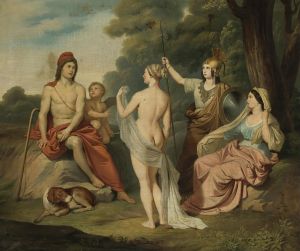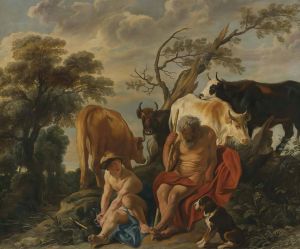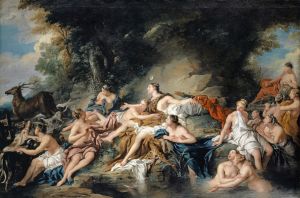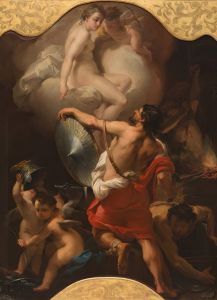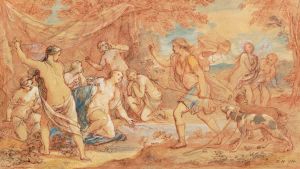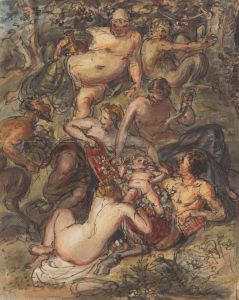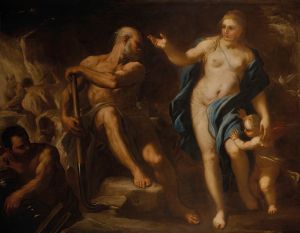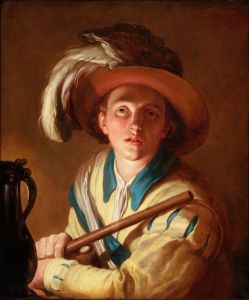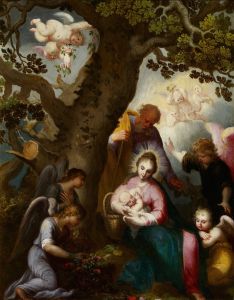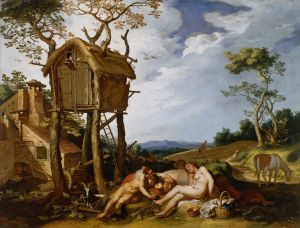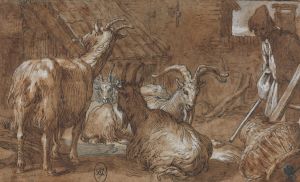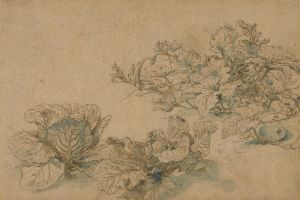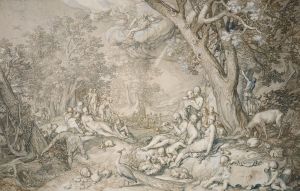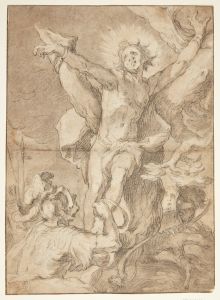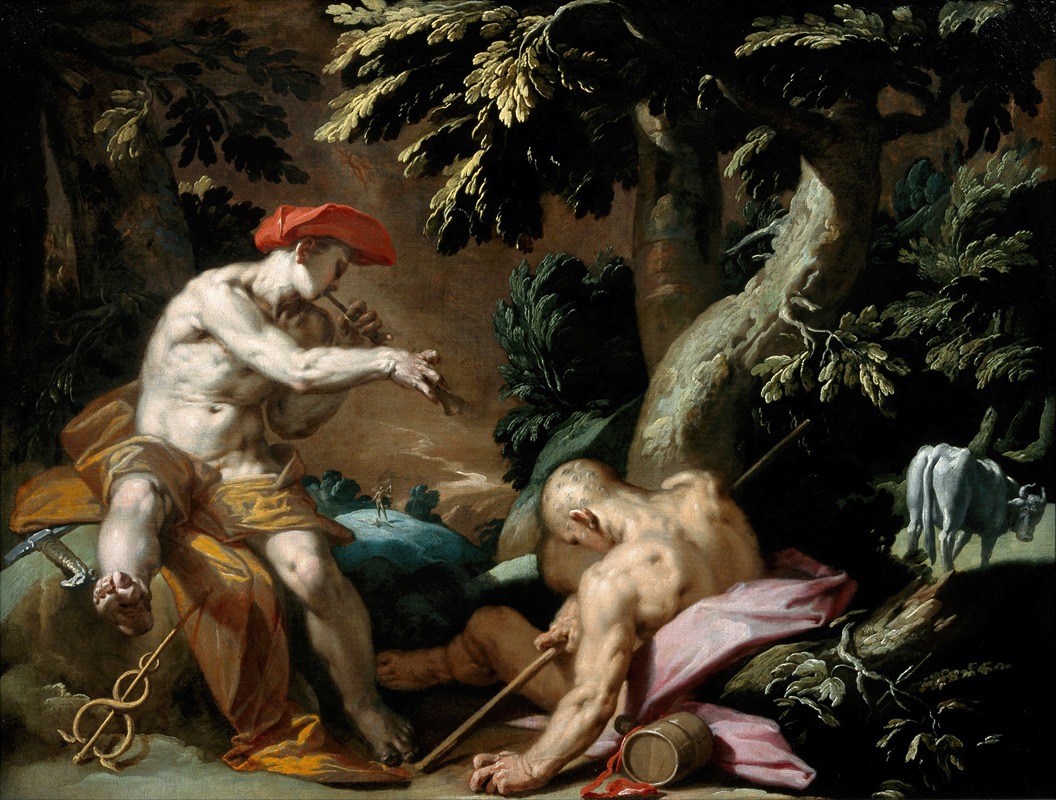
Mercury, Argus and Io
A hand-painted replica of Abraham Bloemaert’s masterpiece Mercury, Argus and Io, meticulously crafted by professional artists to capture the true essence of the original. Each piece is created with museum-quality canvas and rare mineral pigments, carefully painted by experienced artists with delicate brushstrokes and rich, layered colors to perfectly recreate the texture of the original artwork. Unlike machine-printed reproductions, this hand-painted version brings the painting to life, infused with the artist’s emotions and skill in every stroke. Whether for personal collection or home decoration, it instantly elevates the artistic atmosphere of any space.
"Mercury, Argus and Io" is a painting by the Dutch artist Abraham Bloemaert, created in the early 17th century. Bloemaert, born in 1566 and deceased in 1651, was a prominent figure in the Dutch Golden Age of painting. He was known for his versatility, mastering various styles and subjects, including history paintings, landscapes, and genre scenes. Bloemaert was also a significant teacher, influencing many artists of his time.
The painting "Mercury, Argus and Io" depicts a scene from Ovid's "Metamorphoses," a classical mythological narrative. The story involves the god Jupiter (Zeus in Greek mythology), who falls in love with Io, a mortal woman. To protect her from his wife Juno's (Hera in Greek mythology) jealousy, Jupiter transforms Io into a white heifer. However, Juno, suspecting Jupiter's infidelity, asks for the heifer as a gift and places her under the watchful eyes of Argus Panoptes, a giant with a hundred eyes, to keep her from Jupiter.
In the painting, Bloemaert captures the moment when Mercury (Hermes in Greek mythology), sent by Jupiter, is about to rescue Io. Mercury, the messenger god, is depicted playing a flute to lull Argus to sleep. Argus, with his many eyes, is shown succumbing to the music, allowing Mercury to free Io. The composition is dynamic, with a strong use of light and shadow to highlight the central figures and create a sense of drama.
Bloemaert's use of color and detail is notable in this work. The rich, warm tones and the careful rendering of textures, such as the feathers of Mercury's winged helmet and the fur of the heifer, demonstrate his skill and attention to detail. The landscape in the background, with its rolling hills and distant trees, adds depth to the scene and situates the mythological event in a natural setting.
This painting is an excellent example of Bloemaert's ability to blend classical themes with the stylistic elements of the Baroque period. His work often featured a combination of realism and idealism, capturing the human form with anatomical precision while imbuing his subjects with a sense of grace and movement.
"Mercury, Argus and Io" is housed in the Louvre Museum in Paris, where it is part of the museum's extensive collection of European paintings. The Louvre's collection includes works from various periods and regions, providing a comprehensive overview of the development of Western art.
Abraham Bloemaert's contribution to art history is significant, not only for his own works but also for his role as a teacher. His influence extended to many pupils, including notable artists such as Gerrit van Honthorst and Hendrick Terbrugghen, who were key figures in the Utrecht Caravaggisti movement.
In summary, "Mercury, Argus and Io" by Abraham Bloemaert is a masterful depiction of a classical mythological story, showcasing the artist's technical skill and his ability to convey narrative through visual art. The painting remains an important piece within the context of Dutch Golden Age painting and continues to be appreciated by art historians and enthusiasts alike.





